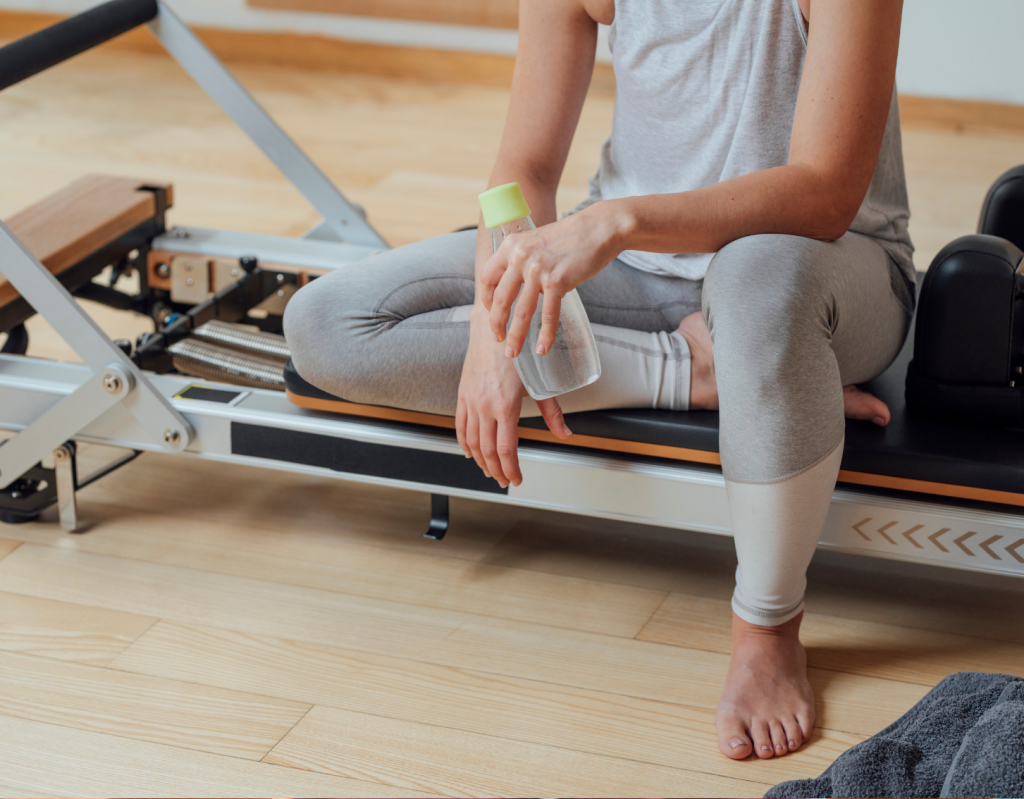SHOULDER UPDATE
The latest thinking on common shoulder pain: where mechanics meet biology
Shoulder pain is common. Some studies have noted that it is the second most common musculoskeletal complaint, only behind lower back pain.
- Approximately 50% of new shoulder pain episodes resolve within 8-12 weeks.
- However, up to 40% of new episodes can last for over 1 year, with rates of recurrence and progression to chronicity rated as high.
- Many people with shoulder pain do not experience complete resolution in symptoms and many have a recurrence of symptoms within the next 1 to 5 years.
At Fluid Physio, it’s our aim to reduce the risk of recurrence of shoulder pain and to reduce the risk of people suffering chronic (ongoing) shoulder pain. As physiotherapists, we need to consider all the reasons someone may re-aggravate their shoulder pain. Is it bad luck? Incomplete rehabilitation? Or, have we described the problem well enough to the patient, so they have the best idea of how to manage it themselves? How we diagnose the problem matters.

Shoulder pain can hinder simple everyday tasks such as getting dressed.
TERMINOLOGY
Addressing the word ‘Impingement’
It is very common for shoulder pain to be diagnosed as ‘impingement’. The conversation in the doctors’ room often goes something like this:
Patient: Doctor, why does my shoulder hurt?
Doctor: You have impingement.
Patient: What does that mean?
Doctor: When you lift your arm above your head, your tendons or bursa get pinched by the bone above. If you do it too much, you might tear your tendons.
Patient: That sounds bad, what should I do?
Doctor: Well, you could (a) do nothing, (b) take medications, (c) have physio, (d) have a cortisone injection or (e) have surgery if it’s really not getting better.
So…. my concern with all of that is that the patient leaves the consultation thinking that every time they lift their hands up into the air, they are pinching and damaging their bursa or tendons. And… I think this is very rarely true.

Repetitive movement involving outstretched arms can emphasise shoulder pain.
MECHANICAL OR BIOLOGICAL?
Is there a better way to think about and describe the problem?
Humans are very good at thinking about things mechanically. I believe we can visualise things better than we can think about how cells respond to load and overload. Unfortunately, a term like ‘shoulder impingement’ may stop a person using their shoulder in an elevated position. The clear issue with this is that the shoulder gradually loses its capacity to do movements in an elevated position. Gradually, physiotherapists and sports physicians are adopting the term ‘sub-acromial shoulder pain’ – which, in my opinion, is a much better term.
Here are just a few differences between the two terms:
Impingement carries the meaning that something is impinged, and that is what hurts when the shoulder is moved in a certain way. Whereas, sub-acromial shoulder pain describes that the message of pain is being produced by something underlying the acromion bone. This can still be the bursa or the tendon, but it does not make a person fearful of moving their hand above their head – which is important in rehabilitation.
Impingement seems to imply that you need to rest until the impingement goes away. Whereas, the label of sub-acromial shoulder pain allows us to consider reloading the shoulder with less fear of impingement. The tissues of the shoulder need load to be robust and healthy, and this is an important part of the rehabilitation.
The term impingement may lead us to believe that the bone is the problem and the bone must be surgically altered to relieve the impingement – this is rarely true. Sub-acromial shoulder pain allows for rehabilitation ideas that more appropriately match the patient and the needs of their shoulder. Diagnosing the source of the pain is different to diagnosis the biomechanical cause of the pain. For example, did the shoulder become painful because of the contributions of muscle weakness, or a stiff upper back, or exposure to a repetitive task? Understanding the context in which the painful shoulder came about may be more important than understanding the exact structure that is causing the pain.

Movements in surfing including a powerful duck dive require good shoulder strength and conditioning.
Avoiding the risks of reductionism and gaining information from movements
Bursitis and impingement are common diagnoses that often lead people to undergo a corticosteroid injection to reduce the inflammation of the bursa. Reducing most shoulder pains to labels such as impingement and bursitis doesn’t reference how the shoulder got into trouble in the first place. It makes more sense to me to understand:
- What is aggravating the shoulder? Identify and respect these things.
- How can the shoulder become more robust?
- How can the body move to ensure the shoulder is not overloaded?
I believe answers to these questions can be quite powerful. If we answer these questions successfully for the community, I believe we will reduce the rates of ongoing shoulder pain and improve the level of function that people experience for their shoulder, even after pain or injury.
New thinking requires new language. The ideas can be powerful. For more information on how we rehabilitate common shoulder pain (previously known as impingement), we’ve compiled an informative Downloadable Shoulder Fix PDF.
If you would like to make an appointment with one of our physiotherapists, please Book online, simply click here or contact the clinic on 6646 3766, we are confident we can help you.
Written by: Simon Ruse – Sports & Exercise Physiotherapist & Principal.






About The Author: Simon Ruse
More posts by Simon Ruse